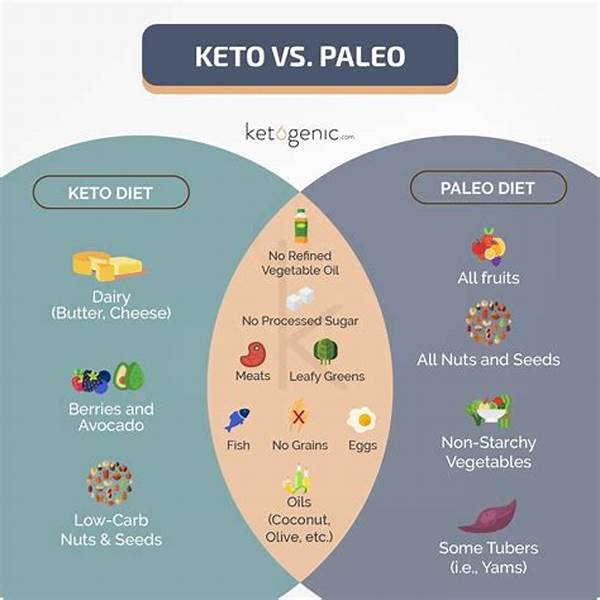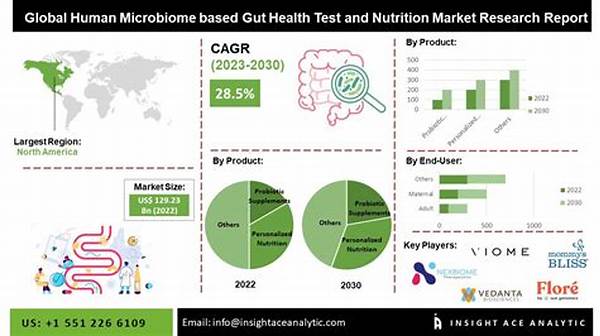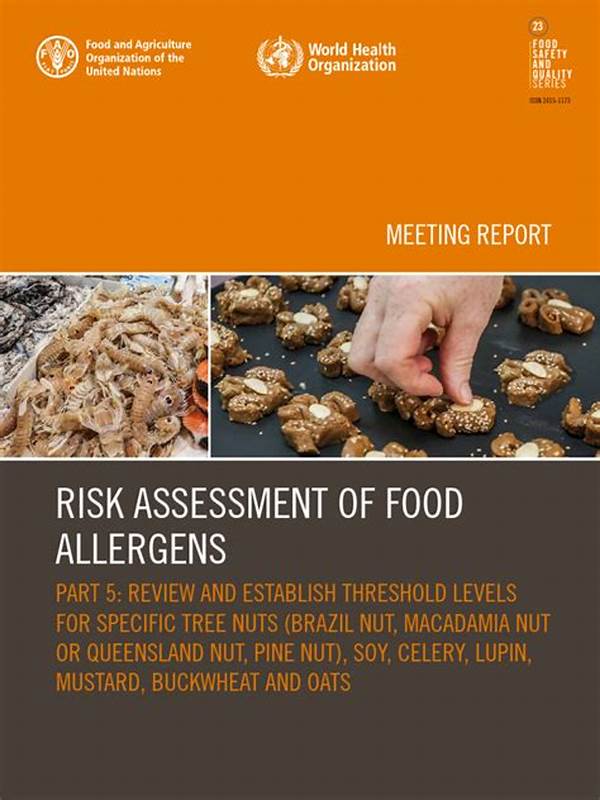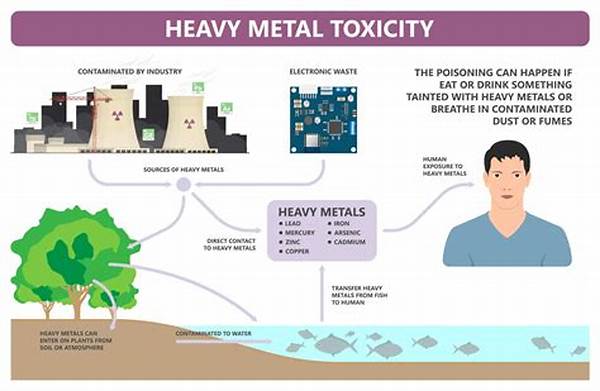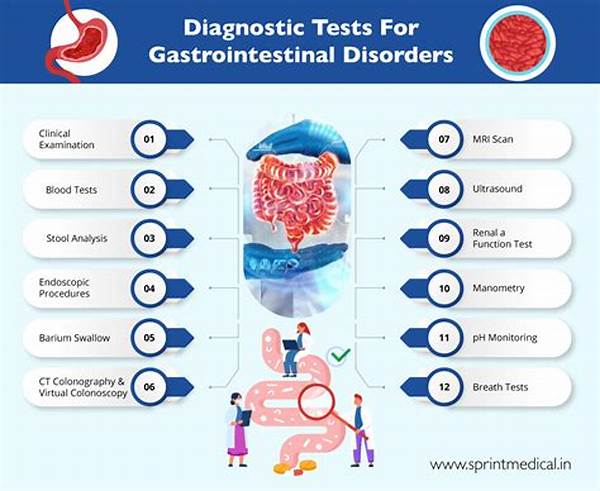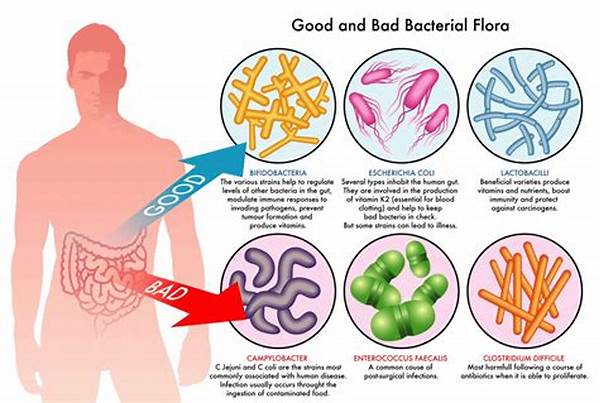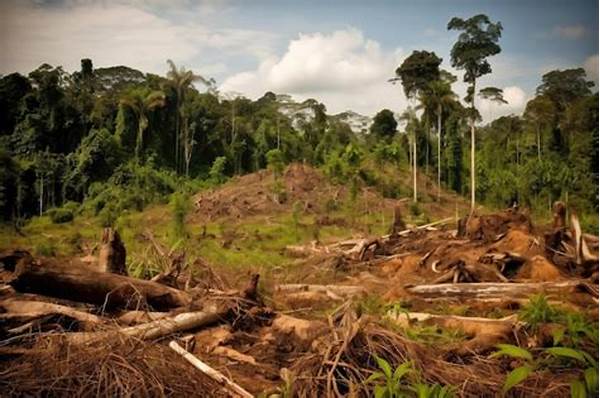Region-Based Gut Microbiome Differences in Indonesia Exposed by Study
In the vibrant archipelago of Indonesia, a new chapter of scientific understanding has begun with a groundbreaking study unveiling region-based gut microbiome differences that have the potential to revolutionize how we approach health and lifestyle in this diverse nation. Imagine a tapestry of cultures, languages, and traditions intertwined with intricate webs of microbiota residing in our digestive systems. These microscopic communities do more than just inhabit our guts; they influence our immune system, digestion, and even our mood. The uniqueness of this study lies in its focus on the diversity within Indonesia, a land known for its lush landscapes and rich cultural tapestry.
Read More : Clean-label Probiotic Supplements On The Rise In Indonesia
This groundbreaking research marks a significant milestone. Just as Indonesia’s topography varies — from the verdant jungles of Borneo to the arid plains of Nusa Tenggara — so does the gut microbiome of its inhabitants. The study, a product of a series of meticulous research endeavors, has exposed the fascinating correlation between geographical region and microbiome diversity, shining a spotlight on how environmental factors contribute to these differences. Precise and purposeful, this research offers an invitation to explore deeper, as scientists unravel the secrets embedded in our biology through the lenses of geography and lifestyle.
The implications are as vast as the islands themselves. From influencing diet formulations to devising region-specific healthcare practices, the insights provided by this study could lead to transformative applications in public health and medicine. It sheds light on how cultural diets and environmental exposures play a crucial role in shaping our internal ecosystems. As we delve deeper into the mysterious world of gut microbiomes, one cannot help but envision a future where understanding region-based differences could lead to personalized health solutions, tailored not just to individuals but to communities.
Unveiling Regional Microbiome Diversity
The remarkable findings of this study serve as a clarion call for collaborative efforts in scientific research. By focusing on Indonesia, scholars and healthcare professionals can draw lessons and parallels that could have widespread global implications. Encouragingly, this effort isn’t an endpoint but a stepping stone, igniting curiosity and collaboration among regions worldwide, leveraging the cultural and biological wealth of the nation. Through this lens, the gut microbiome doesn’t just tell a story of health; it narrates the epic of human adaptation and diversity across different terrains.
Exploration Beyond the Data
Understanding the complexities of region-based gut microbiome differences in Indonesia exposed by the study goes beyond numbers and figures. It calls for an appreciation of the rich cultural elements that contribute to these differences. Acknowledging local diets, customs, and environmental interactions are crucial in applying these findings to real-world health solutions. Just as the Indonesian archipelago represents unity in diversity, the microbiome diversity across regions is a testament to resilience and adaptability. This discovery prompts us to consider how embracing regional characteristics can enhance personalized healthcare solutions.
—
Structure of Regional Gut Microbiome Insights
Understanding the spectrum of gut microbiomes across various regions in Indonesia can provide pivotal insights into health and lifestyle adaptations. This diversity, influenced by an interplay of diet, environment, and cultural practices, reflects how populations have adapted over centuries. It’s worth exploring how these adaptations can be leveraged to improve health outcomes across different demographics.
Unearthing Regional Disparities in Microbiome
Research into the region-based gut microbiome differences in Indonesia exposed by study highlights how distinct regions possess unique microbiome profiles. Coastal areas with diets rich in seafood display different microbiome characteristics compared to inland populations that depend more on terrestrial-based foods. The study, through comparative analysis, illustrates how these dietary habits shape distinct microbial communities within the gut.
Implications for Healthcare and Lifestyle
Harnessing these insights could dramatically shift how healthcare is tailored. Imagine a healthcare system that doesn’t just prescribe one-size-fits-all solutions but uses microbiome data to tailor treatments based on where you live. This approach acknowledges and respects regional variability while using scientific evidence to enhance health outcomes. The healthcare sector stands on the cusp of a new revolution driven by this microbiome understanding, promising a future where health interventions are as dynamic and diverse as the regions they cater to.
In essence, region-based gut microbiome differences in Indonesia exposed by study are not merely academic observations. They offer a gateway to novel healthcare paradigms, revealing the vast possibilities within personalized medicine.
—
Key Takeaways
—
Purpose of the Study
The primary purpose behind investigating the region-based gut microbiome differences in Indonesia is to bridge the gap between regional lifestyle and health outcomes. By understanding how these regional differences impact health, researchers and healthcare providers can develop targeted strategies that consider local dietary patterns and environmental conditions. This perspective offers a holistic approach to improving community health, contrasting with conventional practices that often overlook regional variability.
Through these insights, the study aims to inspire new methodologies in healthcare, focusing on preventive measures rather than reactive treatments. It envisions a future where healthcare solutions don’t just address symptoms but are tailored to address the specific needs of communities. This shift would not only enhance the effectiveness of treatments but also promote healthier living by integrating cultural and environmental insights into everyday health practices.
Moreover, the study sets a benchmark for future research. It serves as a model for how scientific investigations can respect and incorporate cultural dimensions into their ambit. Bypassing generic approaches, it shines a light on the importance of tailored healthcare solutions and the need for localized data in shaping effective public health policies.
—
Exploring Microbiome Differences
The Science Behind Microbiome Variability
An illuminating aspect of the research into region-based gut microbiome differences in Indonesia exposed by the study is its exploration into the biological underpinnings of these differences. By focusing on the microbiome as a dynamic entity, the research delves into how bacterial communities interact, adapt, and thrive in diverse environments. This thorough investigation reveals that microbiomes are not just passive inhabitants but active participants in our health journey.
Scientific observations underscore the vast microbiota adaptations happening across different Indonesian regions. These adaptations are influenced by factors such as diet, climate, and even altitude, each contributing to the unique microbial ecosystems found within different locales.
Practical Applications and Future Directions
Understanding region-based variations in gut microbiomes paves the way for practical applications that could redefine healthcare both regionally and globally. Such knowledge facilitates the development of customized probiotics and dietary recommendations that align with the needs and characteristics of specific demographics. As scientists continue to map these microscopic communities, the prospect of probiotics tailored to your geographic location becomes increasingly feasible.
By harnessing the power of microbiome diversity, healthcare providers can innovate and customize health interventions, optimizing them for efficacy and cultural relevance. The implications extend beyond health; industry players engaging in food production, agriculture, and even tourism could leverage these insights to enhance sustainability and local engagement.
In conclusion, the revelations from this study are not just pages in a scientific journal but are beacons guiding healthcare innovations and broader societal transformations. A future where “region-based gut microbiome differences” inform all aspects of Indonesian life stands on the horizon, promising a healthier and more harmonious coexistence with our microbial counterparts.
—
Illustrations of Microbiome Diversity
Visualizations of Region-Based Gut Microbiome Differences in Indonesia
These illustrations aim to provide a comprehensive understanding of how region-based gut microbiome differences in Indonesia exposed by study can be visualized for better interpretation and application. By translating complex data into visual narratives, we can bridge the gap between scientific insights and practical applications, fostering a deeper understanding and appreciation of these discoveries.
